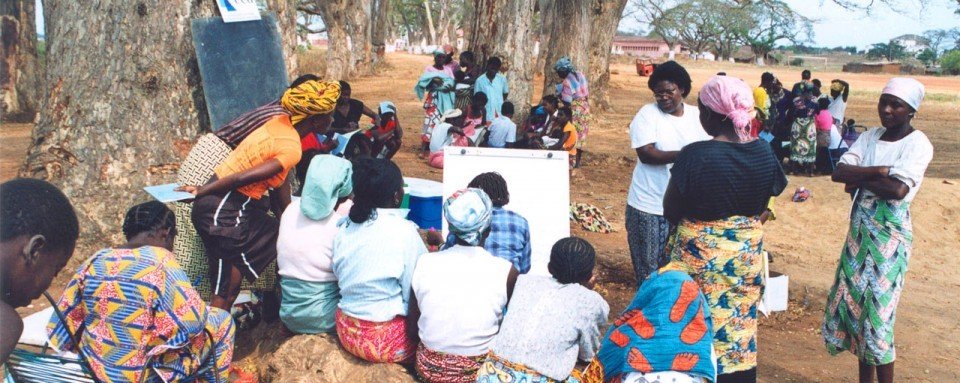The East Africa Philanthropy Network, formerly the East Africa Association of Grantmakers, is a regional membership Association that brings together grantmaking and non-grantmaking organizations interested in promoting local philanthropy in East Africa. The Network exists ‘to promote local resourcing and effective grantmaking’, and envisions ‘Sustainable Development in East Africa driven by vibrant philanthropy’.
Despite the vast differences between Civil Society Organizations (CSOs) and Non-governmental organizations (NGOs), most share a common dilemma: Lack of funds, which limits the quantity and/ or quality of the important work they do. CSOs increasingly find that grants and donations are inadequate to meet their program needs, let alone to expand program activities. This, therefore, calls for better local resource mobilization to enable them to meet their diverse needs.
In recognition of the emerging trends that inform the growth of philanthropy in Africa, EAPN organized this research to strengthen an enabling environment for community philanthropy in East Africa through knowledge generation and engaging a community of experts who can establish a framework that informs the growth of community philanthropy.
The purpose of this research was to establish models that are working and identify opportunities to grow local resource mobilization in East Africa. Strategic Connections Ltd, a consultancy firm, was contracted by EAPN to facilitate this study, which was undertaken between October and December 2021.
Several factors emerged from this study that has enabled local resource mobilization and include leadership commitment, community engagement; networking; marketing and visibility; and capacity development, among others.
Several challenges were also identified that constrain the achievement of these institutions’ local resource mobilization goals. These include delayed/ declined issuance of tax exemptions; the perception that INGOs are well-resourced; limited awareness of the rationale, potential and platforms for local giving; and, limited access to giving tools and platforms among others.
Regarding the future of local Resource Mobilization, the findings indicated that impact had been achieved. Increased partnerships and greater recognition of the organization by the target population were considered as having created impact.
The opportunities which further enhanced local resource mobilization were; alliance building/networking and knowledge generation and sharing. Influencing policy on philanthropy was considered a major opportunity which could suggest that not many philanthropy actors recognize the value of a conducive operating environment.
This study noted that while nearly all relevant existing laws provide for local resource mobilization, legal frameworks that govern local philanthropy are fragmented and do not comprehensively address the conduct of fundraising activities, including fundraising principles, practices and oversight. The laws also place several hurdles on local philanthropy, including required approvals, information that needs to be shared with authorities, and reporting requirements.


